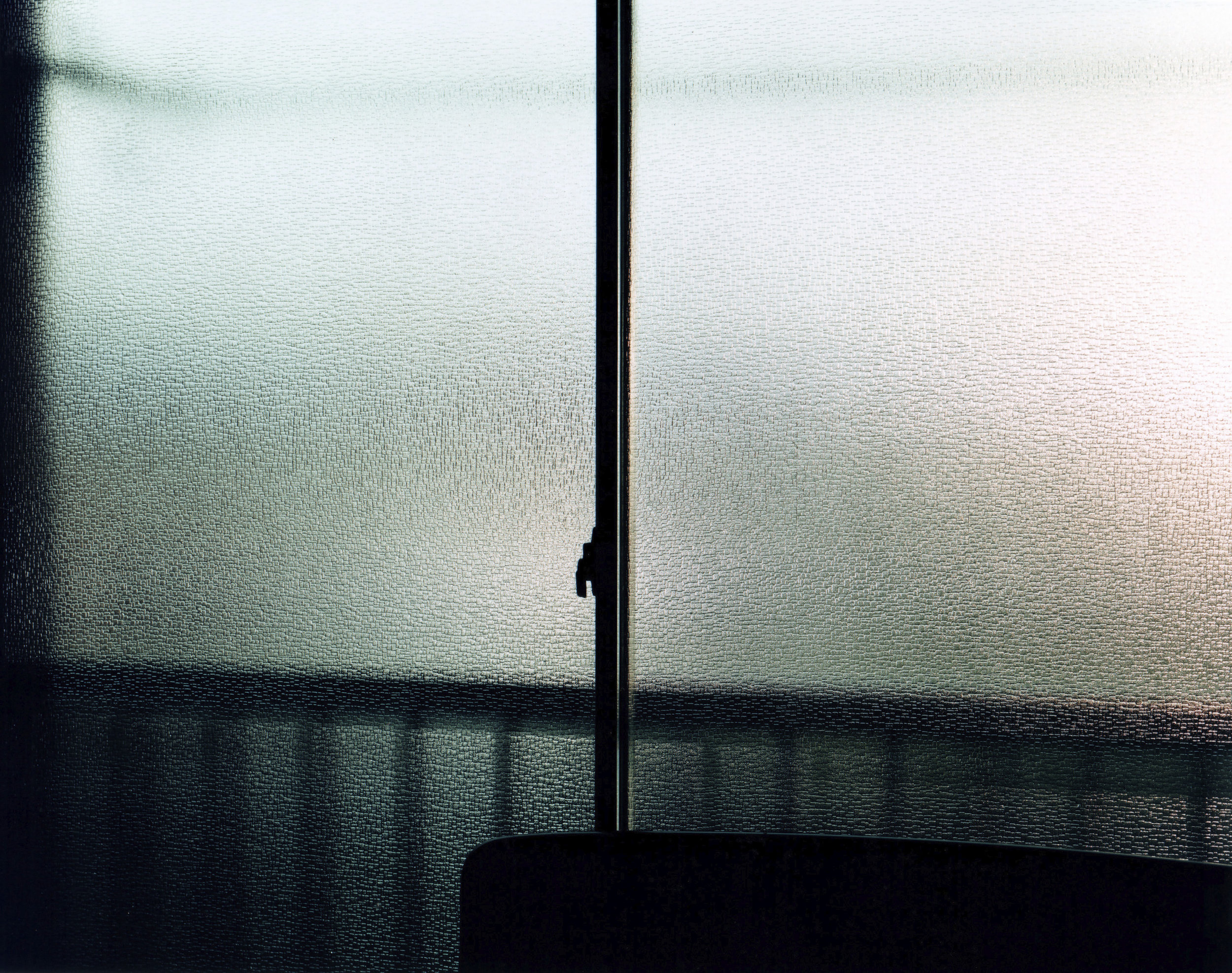An exhibition of Contemporary Japanese Photography at the Centre for Contemporary Photography, Melbourne, and the Museum of Innocence, Mildura, Australia.
Curated by Dr. Kristian Häggblom
Assisted by Sam Forsyth-Gray
Tsuka is a concept I first discovered while living and working in Japan in 2000 from the wonderful yet disturbing Alex Kerr book Dogs and Demons: Tales from the Dark Side of Japan. This complex Japanese concept has since been latent in my mind and influenced much of my own photography and curatorial practice. The concept has been extended further through an appreciation of Japanese photography and its culture and inspired by other poignant readings. These readings range from Japanese ‘junbungaku’ novels from authors such as Yukio Mishima and Osamu Dazai, as well as important photography texts translated in Setting Sun: Writings by Japanese Photographers edited by Ivan Vartanian, Akihiro Hatanaka and Yutaka Kambayashi, the classic cinema of Yasujiro Ozu and more recently Hirokazu Kore-eda and of course Haruki Murakami.
Beyond its incarnation as an exhibition at the Centre for Contemporary Photography, Melbourne, (and hopefully other locations), the project attempts to present and explore imagery and ideas from the complex and often impenetrable ‘photoland’ of Japan.
This website acts as a platform for further insight and hopefully an understanding of a much respected and, dare I say, revered photographic culture. The Tsuka project delves into the floating world of Japanese photography; its concepts, drive, weight and ongoing narrative. This is a rendition of the story from an Australian ‘pink-nippled boy’ who lived in Tokyo for eight years and attempts to return each year.
日本に住んでいた2000年頃に出逢った、素晴らしくもあり、また非常に不穏な空気にも満ちた一冊の本 - アレックス・カーの Dogs and Demons: Tales from the Dark Side of Japan を読んで、私は初めて「塚」について知りました。以来、「塚」のコンセプトは自分が手掛けてきたあらゆる作品やキュレイターの仕事に影響を与えてきたと言っても過言ではないでしょう。更に日本の写真家の作品や日本の文化、三島由紀夫や太宰治に代表される純文学、更に日本の写真界を知る上で非常に重要な名著 Setting Sun: Writings by Japanese Photographer(編集:Ivan Vartanian, Akihiro Hatanaka and Yutaka Kambayashi)、加えて小津安二郎の映画や村上春樹のような現代の日本文学をも「塚」の存在を通してより深く理解出来たと感じています。
オーストラリア、メルボルンの現代写真センターで開催される展示会(以降も諸都市で随時開催希望)では、西洋人にとって複雑で掴み所が見つけ辛い「写真の国」日本に一条の光明を刺す事が出来ればと考えています。
従いまして、当展示会のウェブサイトもまた日本の写真文化に対する造詣を深める手助けをするプラットフォームとして、展示会終了後も活用していければと考えております。「塚」プロジェクトにおいては、日本の写真のコンセプト、情熱、重さ、そして社会を映し出す鏡としての部分を掘り下げていければと思っております。私は日本在住時、友人から「ピンク・ニップル(桃色乳首)」とあだ名を付けられてましたが、「塚」プロジェクトは日本で8年過ごし、毎年大好きな日本に来たいと願ってやまないピンク・ニップル・ボーイが発見した「日本」という物語そのものなのです。
About
Out the back of Ueno Park - beyond the national and western museums, the zoo, several temples and Tokyo University, beside the pond - one can find a stone monolith, a tsuka for sewing needles. The monument was donated and erected by local seamstresses’ to commemorate the many sewing needles they have worn out and hence discarded. At the lower levels of the monolith the base sits upon a mound of dirt that is undoubtedly often tended to and swept of stray stones and litter. Whether there are actual sewing needles buried here only the original seamstress erectors and government officialdom know.
上野公園 の向こう側 - 国立美術館や国立博物館、上野動物園、そして幾つかの寺院や東京大学の向こう側にある池のほとりに裁縫の為に作られた石の『塚』がある。これは使い古されて捨てられる針の為に地元のお針子達が建てたものだ。枯葉やゴミなどはきちんと掃かれ、手入れが行き届いた一枚岩の塚は盛り上がった土の上に鎮座している。その盛られた土の下に使い古された針が埋められているかは今となっては当時のお針子や関係者以外は知る由もない。
Tsuka is an ancient and complex Japanese term that has several meanings. Its simplest and most used meaning in contemporary language refers to a mound or hill, a pile of dirt. This mound of heaped earth is not a natural formation but rather created through human intervention. The physical piling act is usually associated with burial and the subsequent entombment is conducted for the purposes of worship and/or mourning.
Another more complex layer to this word refers to the mound and possible inclusion of structure acting as as an ‘atonement tombstone’ for animals or objects that humans have thrown away or treated harshly for their own purposes and often gain. These sites scatter the landscape of Japan and act as physical totems and metaphoric signifiers for both empathy, alleviation and possible subsequent atonement. Tsuka therefore act as a milestone between ‘this world’ and ‘the after world’ – a physical space to project invisible human aspirations, hopes and guilt.
『塚』という原始的かつ複雑な文化的ニュアンスを含む言葉には幾つかの意味があ る。もっとも単純かつ現代人が理解している塚とは土が盛られた場所、或いは丘の ようなものだ。当然ながらその隆起は自然なものではなく、人間によって土が盛ら れたものである。土を盛る行為、というのは大抵埋葬そしてその死者の魂を弔う、 又は喪に服すといった意味がある。しかし塚は単に人間の為だけに作られるのでは なく、生き物、更に針のような無機質なオブジェクトなどが人間の為に酷使された
り殺められた後、それらへの感謝と贖罪の為に作られる墓のような場合もある。こういった は日本全国随所にみられ、様々な生き物や物体に対する人々の情や贖罪 の念を体現している だ。即ち『塚』とは「この世」と「あの世」の間に位置する 三里塚のようなものであり、人 の願いや希望、そして罪の意識を反映したものな のである。


